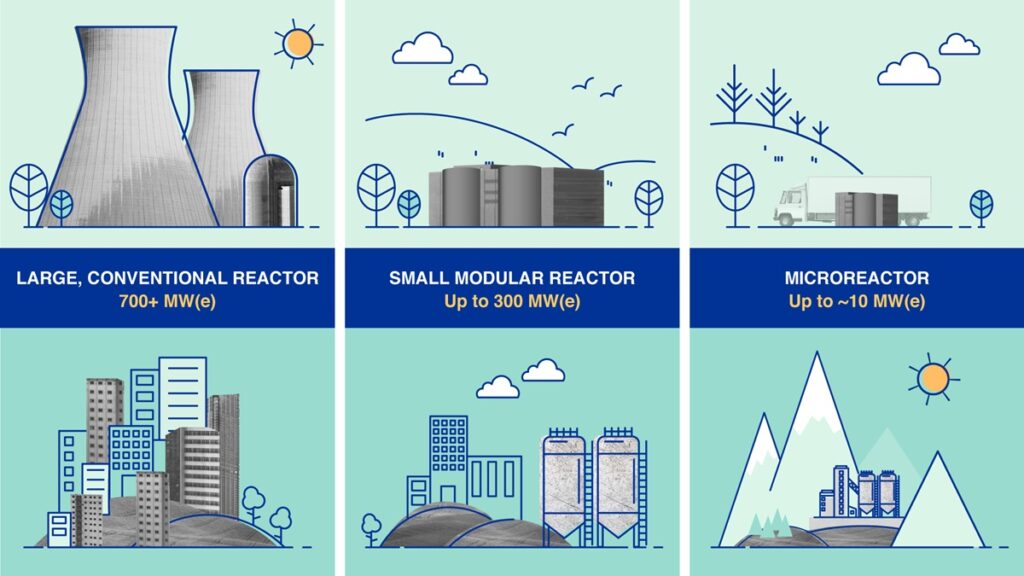China has connected its first small modular reactor (SMR) to the power grid, supplying electricity to Shandong province through the 200-megawatt unit I reactor at Shidao Bay.
Workers have installed the outer steel containment dome for the first commercial nuclear project within the reactor building of the Linglong-1 at the Changjiang site on China’s island province of Hainan, the China National Nuclear Corporation (CNNC) said.
The Linglong One, also known as the ACP100, is a multi-purpose pressurized water reactor (PWR) design developed by the China National Nuclear Corporation (CNNC). It is the first-of-its-kind SMR to pass a safety review by the International Atomic Energy Agency (IAEA).
A second reactor is undergoing tests and is expected to be connected to the grid and enable the plant to commence full commercial operations by mid-2025.
China is the world’s largest investor in nuclear power, with estimated spendings of about $440 billion to build new nuclear power plants over the next 15 years, eventually overtaking the U.S. as the world’s top generator of nuclear electricity.
Linglong-1 reactor
Linglong-1 consists of three parts: the internal structure, the steel containment shell and the outer concrete shielding shell. The inner steel containment dome was installed in November.
The fourth generation reactor is designed to shut down passively if something goes wrong, compared with active systems that may not initiate safety measures in case of power outage, which is what happened in Japan about a decade ago.
- It is world’s first pebble-bed modular high-temperature gas-cooled reactor
- It utilizes helium for power generation instead of water
- It is classified as a fourth-generation reactor
- It incorporates passive safety measures for enhanced security
- It contrasts with older, active systems implicated in past incidents
With a power generation capacity of 125 megawatts, Linglong One can generate 1 billion kilowatt-hours of electricity per year once completed, which could help meet the needs of 526,000 households. This is equivalent to reducing carbon dioxide emissions by 880,000 tons, or planting 7.5 million trees, according to CNNC.
These small modular reactors with 200 megawatts capacity are about one-fifth the size of China’s first homegrown reactor design, known as Hualong One.
What are Small Modular Reactors?
Small modular reactors (SMRs) are advanced nuclear reactors that have a power capacity of about one-third of the generating capacity of traditional nuclear power reactors. Many of these can be factory-assembled and transported to a location for installation such as industrial applications or remote areas with limited grid capacity.

The size, flexibility and cost savings make such nuclear reactors stand out. The United States, UK and Russia are also in advanced stages of manufacturing the technology, according to Fitch Solutions.
- Benefits of SMRs: These small reactors are much smaller than traditional ones and can be more easily deployed. They’re seen as potentially useful for balancing out the ups and downs of renewable energy sources like wind and solar power.
- Potential Applications: SMRs could be used in various ways, including replacing older coal power plants with cleaner energy sources.
- Challenges: While this is a big step forward, there are still challenges to overcome, such as the time and cost involved in building these reactors.

